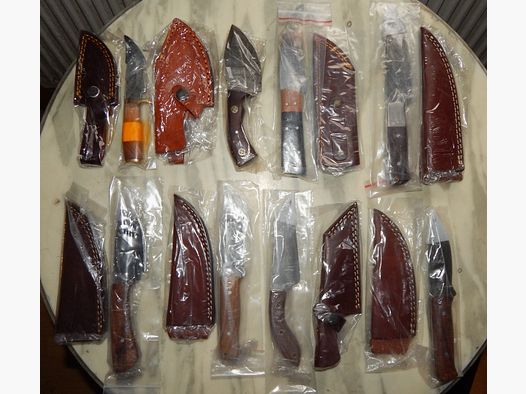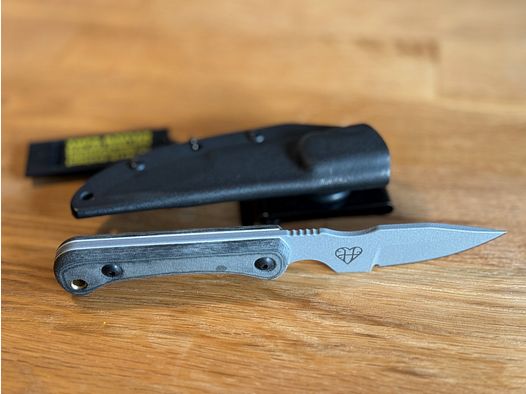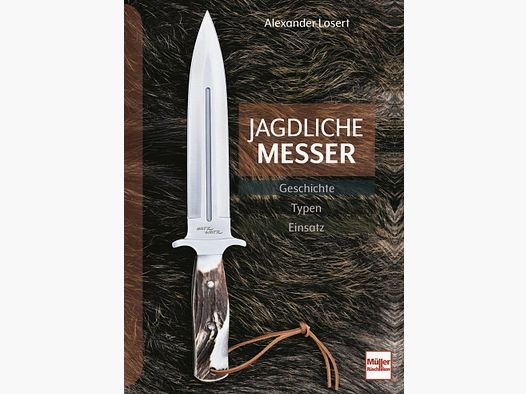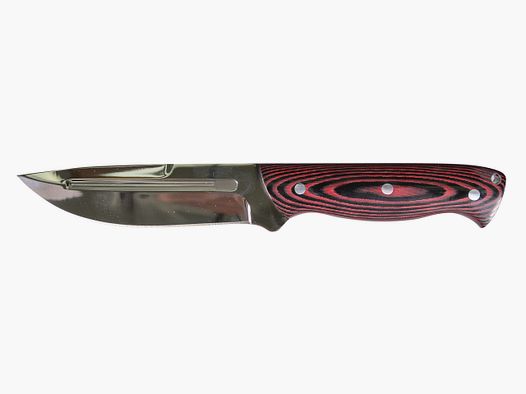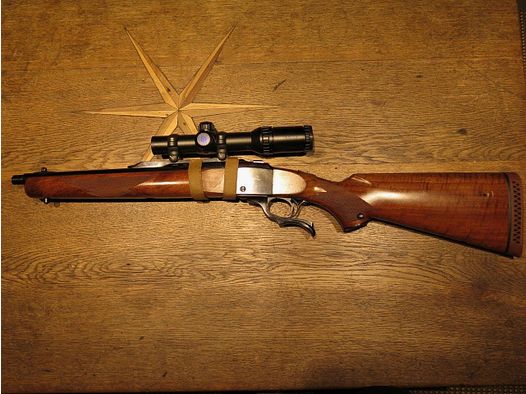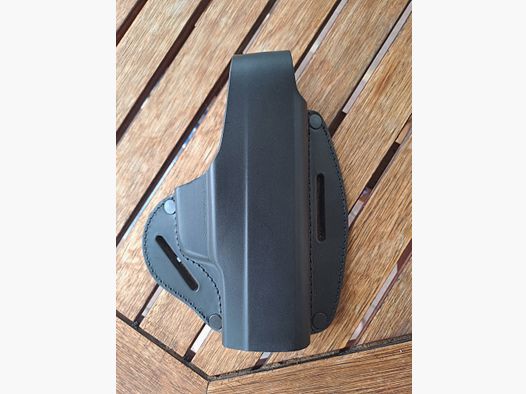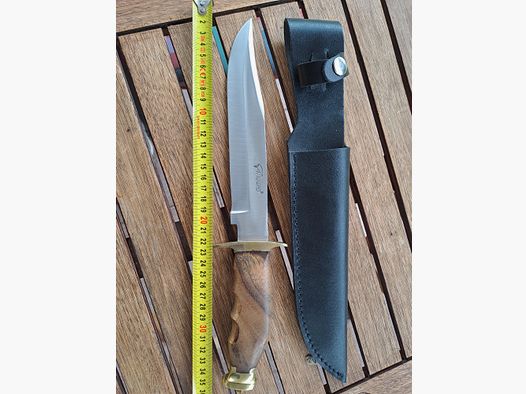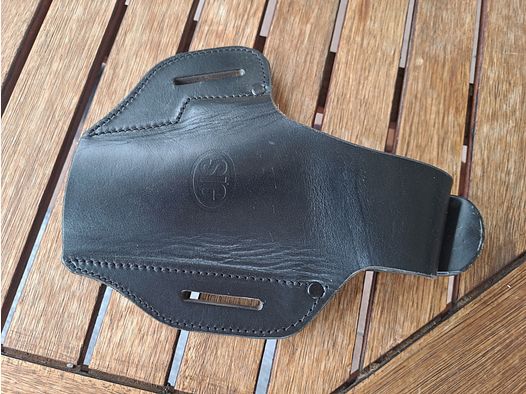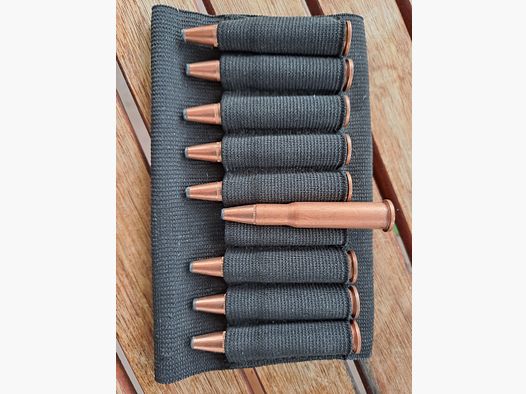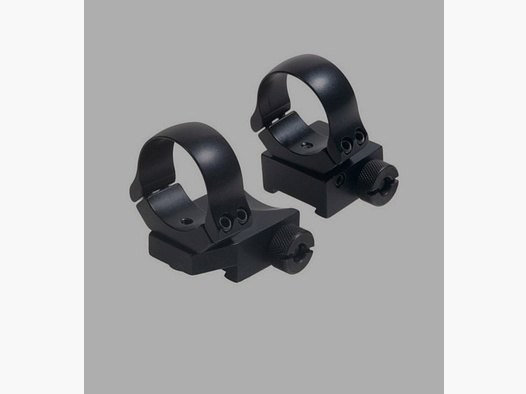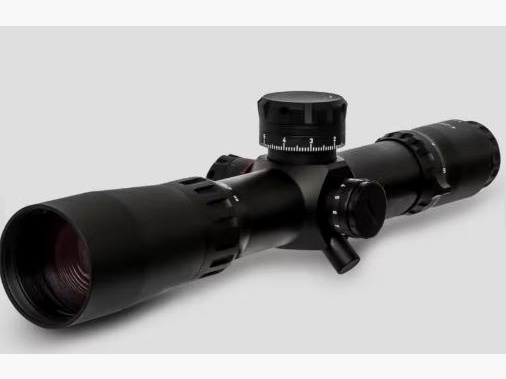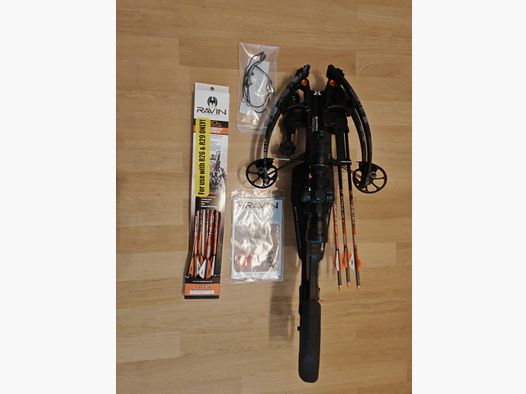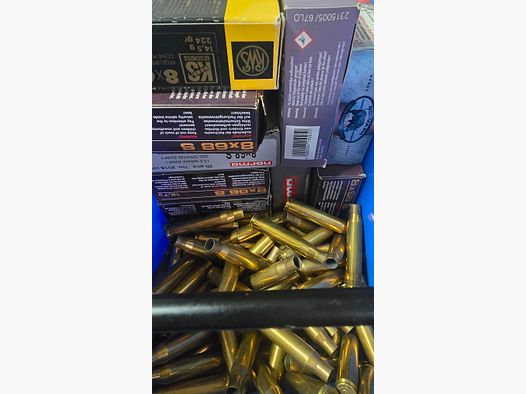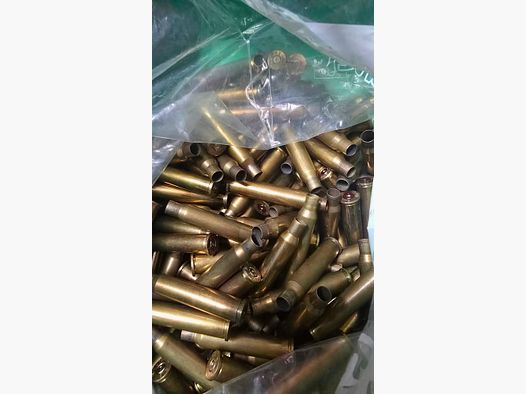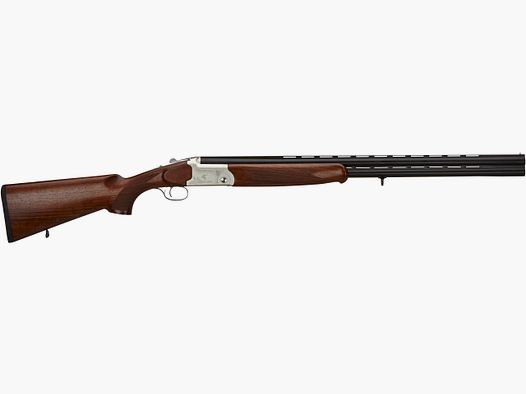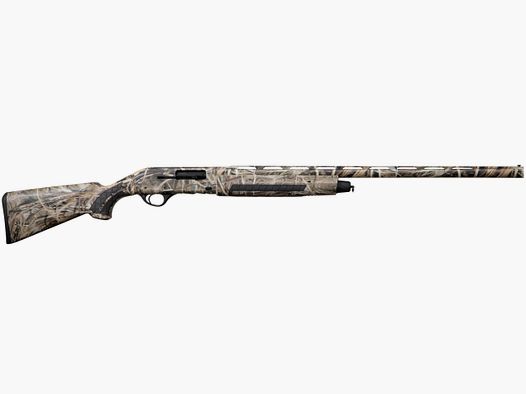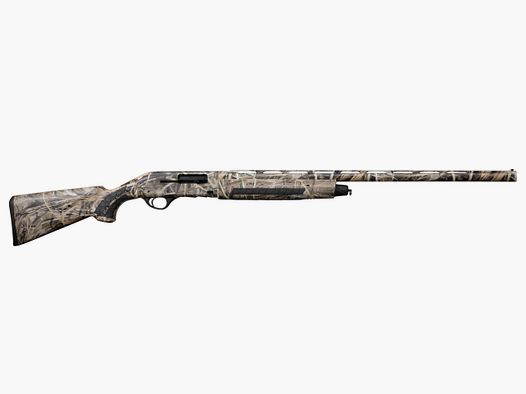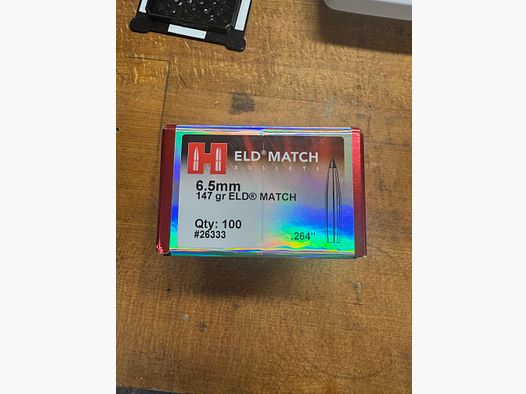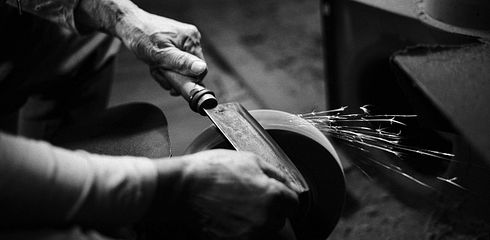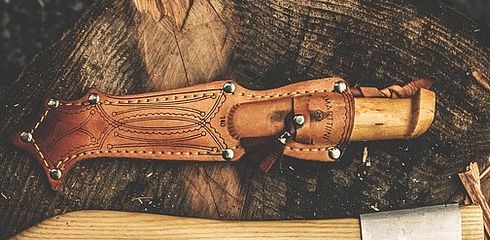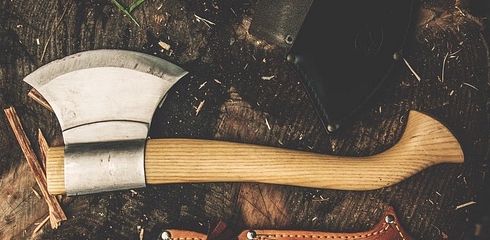For hunters, knives are just as important as firearms. Generally, fixed or folding hunting knives are recommended. Main areas of application: gutting and processing the game, as well as possibly dispatching or catching. Important for safe use is the secure locking of the unfolded blades in folding knives.
Especially when the hunter has to process the game alone, he should use a one-handed knife. This way, he can switch between the gutting blade and the knife blade with one hand while gutting the game, for example, at the transition from the belly to the chest. Caution: Hunters must also note that carrying one-handed knives is only permitted in connection with authorized hunting activities. In all other cases, knives with a one-handed locking blade may not be carried according to §42a Abs. 1 S. 3 WaffG, as there is no "legitimate interest". It is therefore advisable to handle the carrying of the knife as one would with a firearm.
A wide range of folding knives is offered, which, in addition to the actual blade, also have a gutting blade and/or a saw securely stored in the handle for hunting use. With just a few movements, such a folding knife provides a helpful selection of important tools and applications for hunting practice. Additionally, the compact size and the associated possibility of transporting the knife in a pocket are further advantages of the "pocket knife".
A disadvantage is the poorer cleaning options of the folding knife, especially if it cannot be rinsed under running water immediately after use. Dried sweat and dirt can accumulate between the handle scales and be unhygienic. Folding knives are less robust than fixed knives due to their design and are therefore not suitable for prying or catching.
Fixed knives are preferred by hunters for catching. During hunting, it often happens that game must be tracked down after a bad shot with the dog. Also, after wildlife accidents on the road, injured game often needs to be tracked down. If the tracking dog reaches the still-living animal, a knowledgeable stab with the knife ensures immediate death when the use of a firearm is not possible for safety reasons.
Sharpening the knife plays a significant role for the hunter, as hunting knives must be sharp as razor blades to enable clean work and to reduce the suffering of the game when catching. Undoubtedly, the easiest way is to leave the sharpening of one's hunting knife to a professional. However, many hunters also enjoy sharpening their knives themselves – especially when they use knives with blades made of relatively soft steel. When using sharpening steel, whetstone, or knife sharpeners, it is very important to maintain an angle of 15 to 20 degrees and to guide the entire blade from the handle to the tip with even, steady movements along the sharpening steel. This way, the blade becomes sharp again like a razor blade after a short treatment. It is better for amateurs to leave the sharpening of particularly hard, edge-retaining steels to the designated professionals.
The blades of good hunting knives are usually made of steel with a wide range of properties that can be specifically tailored to a particular purpose through manufacturing and heat treatment. Modern knife steel is optimized today for use as a blade. Of course, good cutting and usability properties are particularly important for the hunter. These include edge retention, cutting ability, and sharpenability. To have good suitability as blade material, the material must have a hardness of at least about 55 HRC (hardness test according to Rockwell). The ideal values for fine edges lie at about 60 to 65 HRC. For hunting knives, experts recommend an HRC of 57 to 60 due to the easier resharpening and the less pronounced brittleness of the material.
In addition to folding knives that hide various blades in the handle, some fixed hunting knives also offer variable handle combinations. In addition to the main blade, foldable gutting blades, bone saws, and hooks for unhooking (usually for game birds) are also offered. Such combinations enhance every hunting knife into a true universal tool. For wildlife hygiene reasons, game birds are no longer unhooked today. Therefore, this tool can be dispensed with.
The handles of good hunting knives are characterized primarily by an ergonomically favorable and simultaneously slip-resistant design. Whether they are made of plastic, wood, horn, or another material, they must ensure safe handling, especially with a non-slip grip. Especially when processing harvested game, it is usually unavoidable that the hunting knife gets wet with sweat (blood). Therefore, a particularly slip-resistant handle design is indispensable for safety reasons. For hygiene reasons, it is important that the handle can be cleaned very well.
Typical types of hunting knives are:
Hunting Knife
Hunting knives are narrow, single-edged hunting knives with lengths of up to 20 cm. In contrast to the hunting blade, the hunting knife allows for stabbing (as in dispatching), but it is usually too short for catching; for that, the longer and stronger stag knife is recommended.
Stag Knife
The stag knife is a stabbing weapon about 40 to 70 cm long, which is hardly used for hunting today. With this long blade, unlike in earlier times, red and fallow deer are only rarely caught. In current hunting operations, stag or boar knives are used during drive or moving hunts: for example, when the tracking dogs have located a young wild boar or a yearling, and a catching shot cannot be made without endangering the dogs.
Hunting Blade
The hunting blade is a large, heavy hunting knife with a blade length of up to 30 cm with a rounded tip, which makes it rather unsuitable for catching. The knife can be used for everything that arises in the hunting area; gutting, especially of large game, is one of the application areas of strong hunting blades.
Scandinavian Disposable Knives
Even though they do not actually represent their own category, the extremely practical disposable knives should be mentioned, which are mainly distributed in Germany by the company Morakniv. The knives cost around 10 euros. The knife sheath and handle are usually in bright orange, making them easy to find in the hunting area if they are set aside during gutting. Due to the low price, it is not too painful if the knife is lost. The only disadvantage of the knives is that they are very difficult to resharpen.
Where can you find the best offers?
Many offers can be found online, with our Gunfinder search providing the quickest overview of prices. Especially on EGun, there are many knives available online, which is particularly interesting for collectors. Since hunting knives are not restricted by the general terms and conditions of many internet providers, unlike firearms, offers can also be found on platforms such as eBay and Amazon.



